Photo by Jonas Geschke on Unsplash.com
Northern Michigan has a rich history. The area north of Harbor Springs near Good Hart has had many names over its history. The first settlers, the Native Americans, called it L’Arbre Croche or Crooked Tree. A large tree with a crooked trunk located at the foot of the Lamkin Hill drive just down from Good Hart was a visible marker on Lake Michigan for canoes coming into shore.
The Lake Michigan shoreline was a natural gathering place for Native Americans and large populations settled in what is now Harbor Springs, Seven Mile Point, Good Hart, and Cross Village. Middle Village was the half way, or middle spot, between Harbor Springs and Good Hart.
Andrew J. Blackbird was born in what is now Harbor Springs around 1815. His father was an Ottawa chief named Mack-e-te-be-nessy (Makade-binesi, “black hawk”). The name was mistranslated as “Blackbird”, which became the family’s English name. Mack-e-te-be-nessy was chief of the Arbor Croche, or Middle Village band of the Ottawas. Andrew was trained as a blacksmith but enjoyed education and attended Twinsburg Institute in Ohio and Michigan State Normal School, now Eastern Michigan University.
During the 1850’s, Blackbird was a counselor for both the U.S. and Ottawa and Ojibwa peoples and worked to help Native American veterans receive pensions. He helped settle land claims and worked to achieve citizenship for Native Americans. He married and bought a house in Harbor Springs. He became the town’s second postmaster in 1858.
Today, Blackbird’s mark on Harbor Springs as well as the Native American influence on Northern Michigan is preserved at the Andrew J. Blackbird Museum. Located on Main Street in Blackbird’s restored house, the Museum shares space with the Harbor Springs Area Chamber of Commerce. Native American artifacts fill the museum space. This tiny museum is across the street from the Harbor Springs History Museum.
368 E. Main St., Harbor Springs, MI, 49740
(231) 838-5500
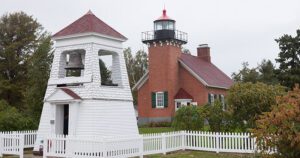
Harbor Springs is situated on a beautiful deep harbor. It has great downtown businesses, as well as activities and attractions for all ages.
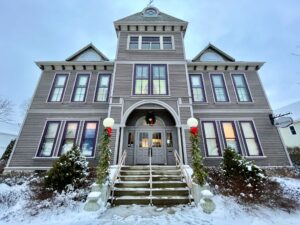
The Harbor Springs History Museum offers a unique look at the history of the community, starting with the first Catholic missionaries.
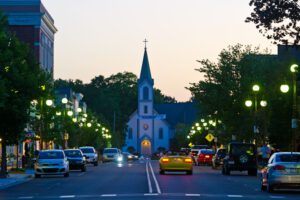
Harbor Springs, Michigan has a vibrant, beautiful downtown business district complete with a beach, waterfront, shopping, dining, parks, and more!
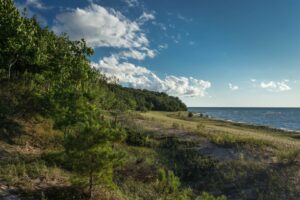
Little Traverse Conservancy protects land and scenic areas and provides opportunities for all of us to appreciate the environment.
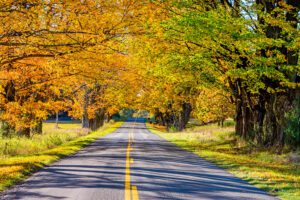
Take a beautiful color tour as you travel under a tunnel of colorful trees along M-119 from Harbor Springs to Cross Village.

The natural beauty that helps make Harbor Springs special today was a part in drawing visitors to Harbor Springs generations ago.